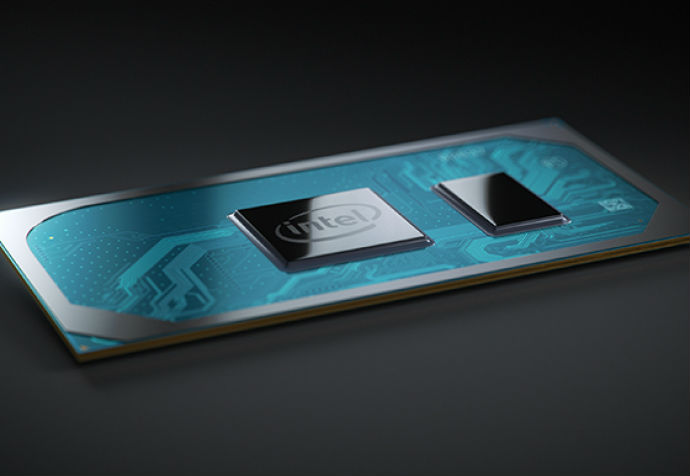Intel is looking to jump past prior woes with its 10nm processor architecture to a smaller, more efficient 7nm or 5nm design in an effort to compete against rival AMD‘s latest 7nm CPU and GPU offerings.
“Look, [10nm] just isn’t going to be the best node that Intel has ever had,” Intel CFO George Davis admitted to analysts at Morgan Stanley’s Technology, Media, and Telecom conference, according to a report on German publication Computer Base. “It’s going to be less productive than 14[nm], less productive than 22[nm].”
Intel’s first 10nm processors, called Ice Lake came out in late 2019, but only for laptops. The follow-up 10nm processors, Tiger Lake, are set for later this year. But for processors that require more power, such as on desktop or on H-series laptops, Intel has been sticking with 14nm.
Despite admitting that the 10nm process was not the best fit for Intel, Davis did say that the company is seeing improvements. “And we expect to start the 7nm period with a much better profile of performance over that starting at the end of 2021,” he said.

Intel hopes that its jump to a 7nm design will deliver much better performance, and the first processors should arrive sometime in 2021.
Beyond that, Intel is even looking to a smaller 5nm architecture. Intel has been making big investments into more efficient designs, and the company’s race to 5nm may have a negative mpact on financial performance, PC Games N reported.
Still, Intel is making these investments in an effort to “regain leadership” in this space from AMD, which had achieved 7nm ahead of Intel’s release timeline.
“We were at a time when in order to regain process leadership, we had to accelerate the overlap between 10[nm and] 7[nm], and then 7[nm] and 5[nm],” Davis said at the conference. “And so the cost that you’re absorbing, starting in particularly 2021, you’ve got this intersection of a performance of 10, the investment in 7 and we’re also willing to start an investment of 5, all of those elements just combine to impact gross margin.”
In addition to AMD’s Zen 2 architecture, Qualcomm had also achieved 7nm for its Snapdragon processors. Though the majority of Snapdragon chips are found in smartphones, Qualcomm’s silicon is also used in ARM-powered Windows PCs like Samsung’s Galaxy Book S and Microsoft’s Surface Pro X.
Given the widely reported delays Intel experienced when it began its transition to 10nm and the silicon shortages, accelerating the transition to 7nm and 5nm could slow market demand, as consumers may hold off on upgrading their existing systems while they wait for the next best silicon on the roadmap.
Editors' Recommendations
- It just became the perfect time to buy a last-gen Intel CPU
- Reviewers agree: Intel’s latest chip is truly ridiculous
- Intel isn’t giving up on GPUs yet
- Even Intel’s best chips won’t catch up with Apple, TSMC CEO says
- Intel may have accidentally leaked the release date for Windows 12


